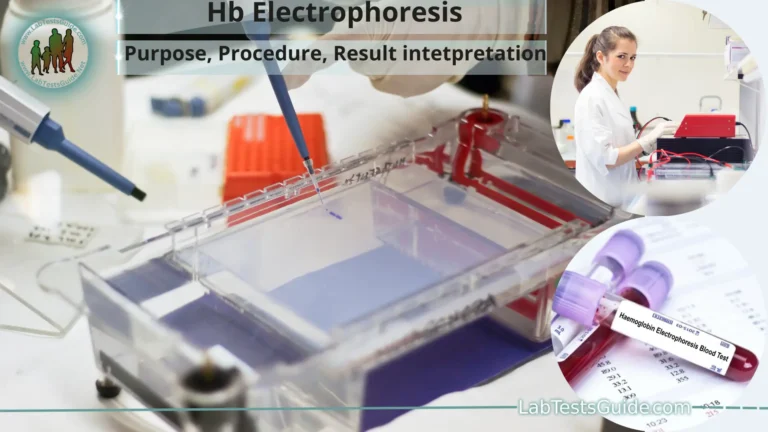Urine naturally has an odor that is unique to everyone. You may notice that your urine occasionally has a stronger smell than it normally does. This isn’t always a cause for concern. But sometimes strong or unusual smelling urine is a sign of an underlying medical problem. Read New Article
A urinalysis is a test of your urine. A urinalysis is used to detect and manage a wide range of disorders, such as urinary tract infections, kidney disease and diabetes.
A urinalysis involves checking the appearance, concentration and content of urine. Abnormal urinalysis results may point to a disease or illness.

Also Known as: Urine Test, Urine Analysis , Urine CE, Urine C/E, UCE, Urinalysis
Test Panel: Physical properties, Chemical Tests, Dipstick Tests, Microscopic Examination
Type of urine samples:
- Random sample:
This is a diluted urine sample and may give an inaccurate interpretation of patient health. But is best to do microscopy to evaluate WBC or RBC. - First Morning sample:
This is the best sample for microscopy and urine analysis. This is the concentrated urine because of urine remained throughout the night in the urinary bladder. This will contains an increased concentration of analytes and cellular elements. Urine must have remained in the bladder for 8 hours is considered as the first-morning sample. - Urine for sugar (Postprandial 2 hours):
Postprandial 2 hours sample collected after 2 hours of high carbohydrate diet. - Midstream clean catch urine:
This sample is needed for the culture and sensitivity of urinary infection. The patient is advised to clean the urethra, then discard the first few mL of urine. Now midstream of the urine is collected in the sterile container. - 24 Hours of a urine sample
- In this case, discard the first urine and note the time.
- Now collect urine in the container for 24 hours and put the last sample in the container.
- Refrigerate the sample.
- This 24 hours samples are needed for measuring urea, creatinine, sodium, potassium, glucose, and catecholamines.
- Suprapubic collection of the urine sample:
This is done in the patients who cannot be catheterized and the sample is needed for culture. This sample is collected by the needle. - Catheter collection of urine:
This is done by patients who are bedridden and can not urinate. - Pediatric urine sample:
In infants, special collection bags are made adherent around the urethra. Then urine is transferred to a container.
Urine Odor
Urine is mainly composed of water. It is the amount and concentration of various waste products excreted by the kidneys that causes the smell of urine.
Urine that contains a lot of water and few waste products has little or no smell. If the urine is highly concentrated (a high level of waste products with little water), your urine may have a strong smell of ammonia.
Causes:
Some foods and medications, such as asparagus or certain vitamins, can cause a noticeable smell of urine, even in low concentrations. Sometimes, the unusual smell of urine indicates a medical condition or disease, such as:
- Cystitis (inflammation of the bladder)
- Dehydration
- Diabetic cetoacidosis
- Gastrointestinal bladder fistula (abnormal connection between the intestines and bladder)
- Maple syrup urine disease (rare genetic condition that becomes apparent during childhood)
- Metabolic disorder (a problem with the way your body converts the food you eat into energy)
- Type 2 diabetes (uncontrolled)
- Urinary tract infection (UTI)
Related Articles:
Possible References Used






